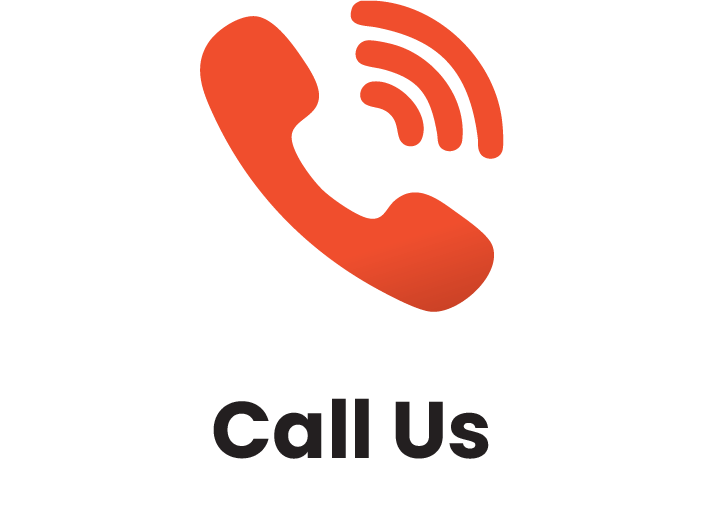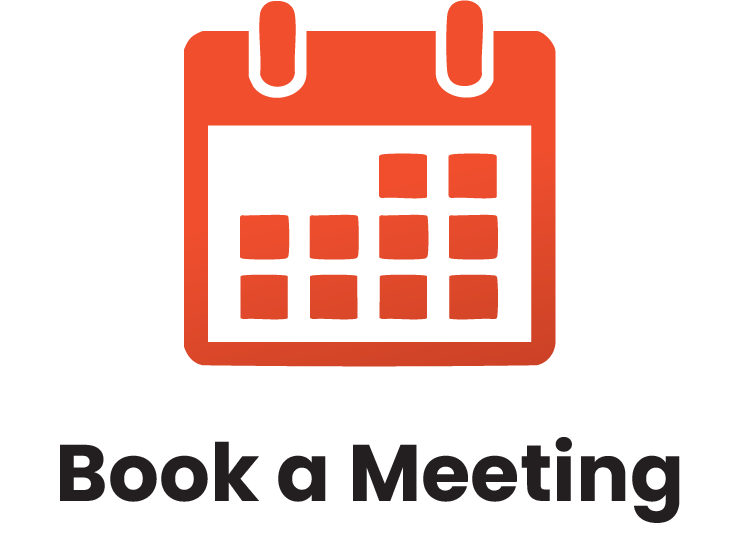Interactive training sessions led by experienced facilitators.
What is In-Person, Instructor-Led Training?
Our in-person training is delivered by a live facilitator who works directly with your team at your location. It’s our most popular format because it allows for real-time interaction, hands-on learning, and direct support.
Every session is tailored to your team’s specific goals, industry, and challenges—no generic, one-size-fits-all programs. Whether it’s a single session or a full training series, we design the experience to be relevant, practical, and fully aligned with your needs.
What is Live Webinar Training?
Live webinars are facilitator-led training sessions delivered online in real time. They’re ideal for teams working in different locations or with busy schedules.
This format offers shorter, more frequent sessions that are easy to coordinate—making it a convenient option for organizations with remote or distributed teams.
What is Virtual Classroom Training?
Virtual Classroom training is live, instructor-led training delivered online. It offers the same interactive experience as in-person sessions, with real-time discussions, group activities, and instructor feedback.
It’s a flexible option for organizations that want to reduce travel, save costs, or better fit training into busy schedules.
What is a Lunch & Learn Session?
Lunch & Learn sessions are short, facilitator-led training sessions delivered in person or online—typically during the lunch hour. They focus on specific topics or skills and offer a quick, engaging way to learn without a full-day commitment.
These sessions can be offered as one-time events or as part of a series, making them a great option for ongoing, bite-sized learning.
Online Learning
Enjoy our self-paced option and learn from anywhere!
$199.00 USD
Orientation Handbook: Getting Employees Off to a Good Start
An effective human resource professional knows that managing employee performance is more than responding to problems, conducting performance reviews, or hiring staff. Performance management begins with an orientation to the organization and the job and continues on a daily basis as employees are trained and coached.
A thoughtful new employee orientation program, coupled with an employee handbook (or website) that communicates workplace policies, can reduce turnover and those reductions save your organization money. Whether your company has two employees or a thousand employees, don’t leave employee retention to chance. Engage them from the moment they are hired; give them what they need to feel welcome and let them impress you with what they bring to your company. This two-day workshop is just the start that you need!
What Will Be Covered
LEARNING OBJECTIVES
Learning objectives for participants include:
- Understand how important an orientation program is to an organization.
- Identify the role of the human resource department in the orientation program.
- Recognize how the commitment curve affects both new employees and their managers.
- Know what companies can do to deliver their promise to new employees.
- Determine the critical elements of effective employee training.
- Establish the importance of having an employee handbook for new and long-term employees.


A Deeper Look
COURSE OUTLINE
A breakdown of each session included in this course.
Finding, Hiring, and Keeping Good People
To begin, participants will discuss the organizational activities required to find, hire, and keep good people, and how those activities tie into an orientation process.
Building Employee Commitment
Next, participants will learn about the four pillars of commitment: clarity, competence, influence, and appreciation.
Perception
During this session, participants will explore how perceptions and appearances can affect orientation.
Fast-Track Orientation
This session will discuss what kind of orientation is best for short term employees.
Designing a Successful Orientation Program
Next, participants will think about their own experiences with orientation. They will combine this with a list of common orientation mistakes to develop a framework for designing a successful program.
Characteristics of a Successful Orientation Process
During this session, participants will discuss the top ten characteristics of a successful orientation process and how they can incorporate those items into their organization.
The Commitment Curve
Next, participants will learn about the employer/employee commitment curve, and how to make the orientation process work with it.
The Nine Orientation Habits of World-Class Employers
During this session, participants will learn what world-class employers do to make their orientation program a success.
Obtaining Buy-In
This session will give participants some ways to get buy-in from supervisors for the orientation program.
Employee Training
Participants will spend this session learning how Kolb’s learning styles apply to employee orientation and training.
Adult Learning
This session will introduce participants to the principles of adult learning. Participants will also discuss how to incorporate these principles into orientation and training.
Working with External Providers
Next, participants will discuss what to consider when working with external providers during orientation.
Helping People Make Connections
In this session, participants will learn how to help people establish good relationships. They will also consider the value of a workplace buddy.
Creating Employee Manuals
During this session, participants will discuss what should be included in employee handbooks.
A Bridge to Onboarding
To wrap up the day, participants will create a checklist of necessary items for their orientation. Then, they will work with a partner to brainstorm ways to improve their current orientation process.













